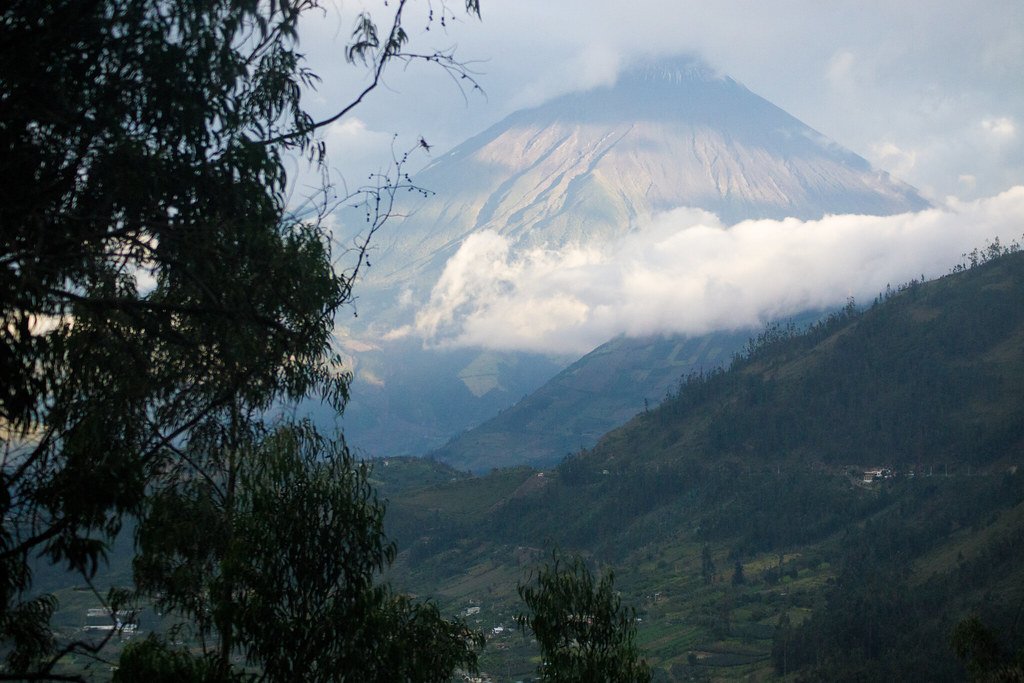Imagine a world where sunlight never reaches, where the pressure is crushing, and temperatures soar or plummet beyond what most life on Earth can bear. It’s a place that seems almost alien, hidden right beneath our feet. This is the subterranean biosphere—a vast, mysterious, and largely uncharted realm teeming with life forms that defy expectations. For centuries, people believed Earth’s depths were lifeless, but science has now revealed a shocking truth: the ground below us is alive, brimming with organisms that challenge our understanding of biology and resilience. The story of life underground is not just about survival, but about thriving against all odds. Let’s journey deep into this hidden world and discover the secrets of the life thriving miles beneath our feet.
What Exactly Is the Subterranean Biosphere?
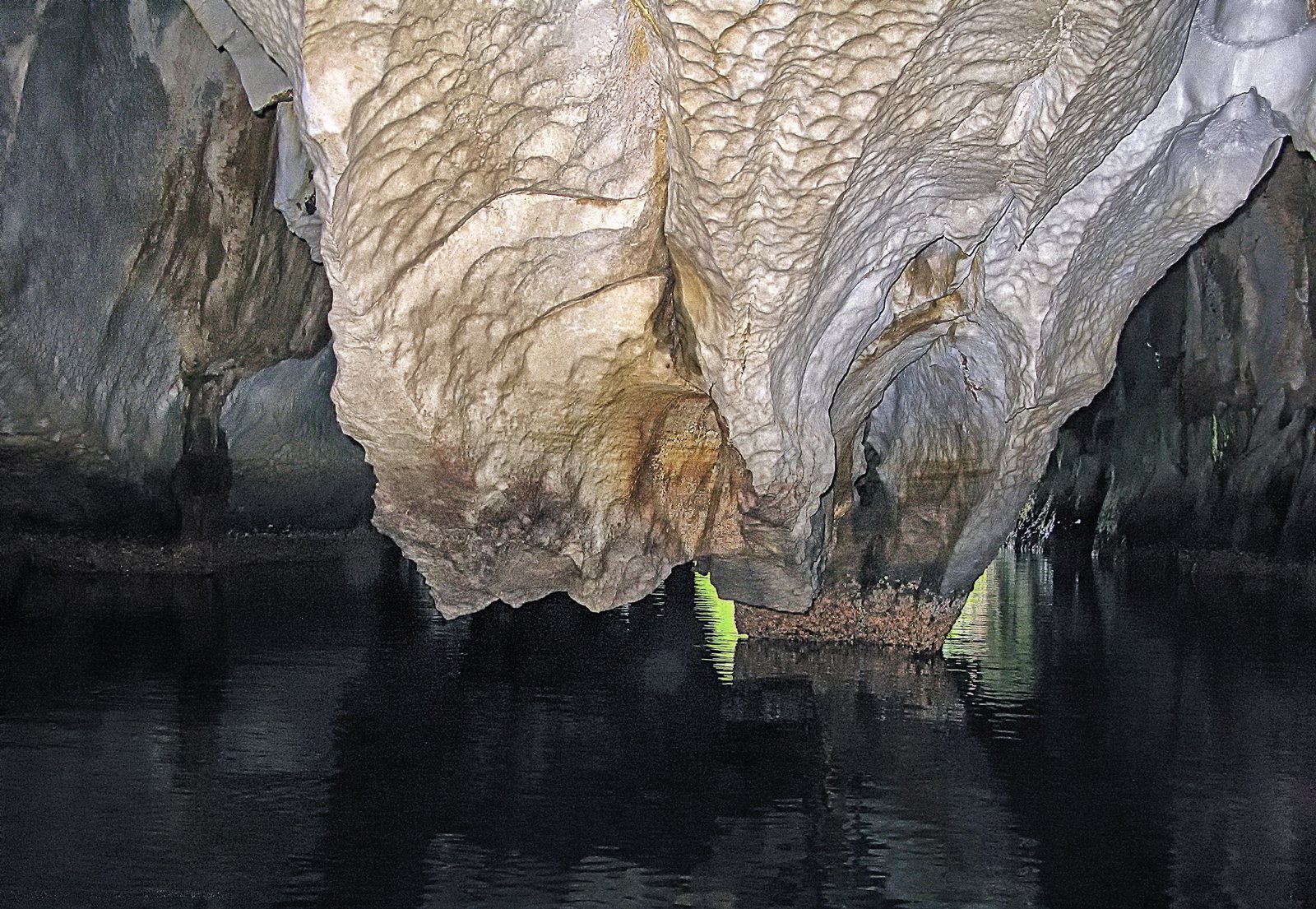
The subterranean biosphere refers to all the living things that inhabit the rocks, sediments, and aquifers far below Earth’s surface. Unlike the ecosystems we know on the surface, these underground communities exist in complete darkness, often isolated for millions of years. They’re not just hiding in caves—they plunge down to depths where humans have barely scratched the surface, sometimes kilometers beneath the ground. This biosphere isn’t a fringe phenomenon; it’s believed to contain a significant portion of all life on Earth. It’s an immense and still largely undiscovered frontier, almost like an underworld metropolis bustling with unique organisms.
The Depths of Discovery: How Deep Does Life Go?
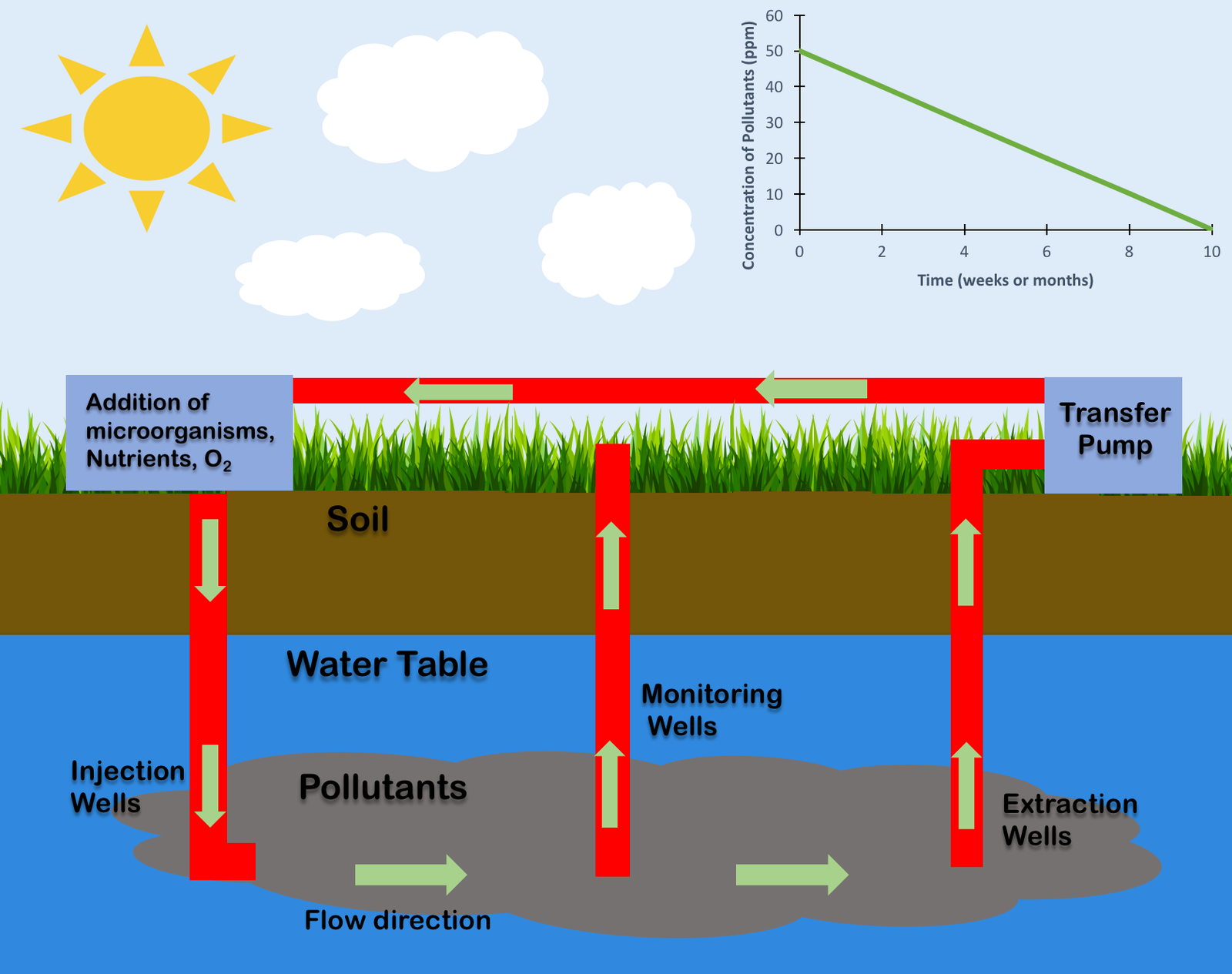
Life in the subterranean biosphere has been found at mind-blowing depths—microbes have been detected more than 5 kilometers below the surface. That’s deeper than the world’s tallest mountains are high! In South Africa’s gold mines, for example, scientists have uncovered bacteria living in waters trapped in rock fractures over 3 kilometers deep. These microorganisms thrive under pressures and temperatures that would kill most surface life. Some researchers believe life could extend even deeper, potentially up to 10 kilometers down, where the heat from Earth’s interior is intense and conditions are extreme. It’s a humbling reminder of how little we know about our own planet.
Meet the Deep Dwellers: Who Lives Down There?
The most common residents of the deep are microbes—tiny, single-celled organisms like bacteria and archaea. But don’t let their size fool you; they are true survivors. Some are called extremophiles because they flourish where nothing else can. These microbes can “eat” rocks, breathe metals, or use chemical energy from the Earth itself instead of sunlight. In certain places, tiny worms, fungi, and even some multicellular animals have been found making their homes in the darkness. Every new expedition seems to uncover a fresh cast of bizarre and hardy creatures.
Survival Without Sunlight: How Do They Get Energy?
Unlike plants and animals on the surface, deep biosphere life can’t rely on sunlight. Instead, these organisms harness energy from chemical reactions—a process called chemosynthesis. Some bacteria oxidize iron, sulfur, or even radioactive elements to gain energy. Others break down organic molecules that have seeped down from above or been trapped for eons. The most fascinating part? Some life forms seem to survive on shockingly little—barely enough energy to stay alive, yet they persist for centuries or even millennia. It’s the biological equivalent of living in a locked room with only crumbs, yet making a life out of it.
Water in the Depths: The Lifeblood of the Subterranean World
Despite the dryness we often associate with rocks, water is surprisingly common deep underground. Tiny pockets of liquid water can be found in fractures and pores, sometimes isolated from the surface for millions of years. These hidden reservoirs are home to entire microbial communities, thriving in environments that are completely cut off from the outside world. The presence of water is what makes life possible at such depths. In fact, some of the oldest water ever discovered—over a billion years old—flows far beneath Canada, supporting microbial life that has never seen the sun.
Extreme Heat and Cold: Adapting to Temperature Extremes
Temperature is no barrier for many deep-dwelling organisms. Some thrive in the scorching heat near geothermal vents, where temperatures can exceed 100°C (212°F). Others survive in near-freezing conditions deep below permafrost or inside glacial ice. Their secret? Special proteins and membranes that help them function when most cells would fall apart. These incredible adaptations allow deep biosphere life to push the boundaries of what we thought possible, rewriting the rules of biology.
High Pressure, No Problem: Life Under Crushing Forces
At depths of several kilometers, the pressure is immense—hundreds or thousands of times greater than at the surface. Yet, microbes and other life forms have found ways to survive and even flourish. Their cell membranes and structures are built tough, allowing them to withstand these crushing conditions. It’s like being at the bottom of an ocean, but surrounded by rock instead of water. This resilience is what makes the subterranean biosphere such a fascinating example of life’s adaptability.
Isolation and Evolution: The Making of Unique Species
Many deep biosphere organisms have been isolated for millions of years, evolving independently from their surface relatives. This isolation leads to unique genetic adaptations—sometimes entire new branches of life. Scientists marvel at the strange enzymes and metabolic pathways deep microbes use, some of which have never been seen before. It’s like stumbling upon a hidden vault of evolutionary experiments, each one a testament to nature’s creativity and persistence.
The Role of Deep Life in Earth’s Carbon Cycle
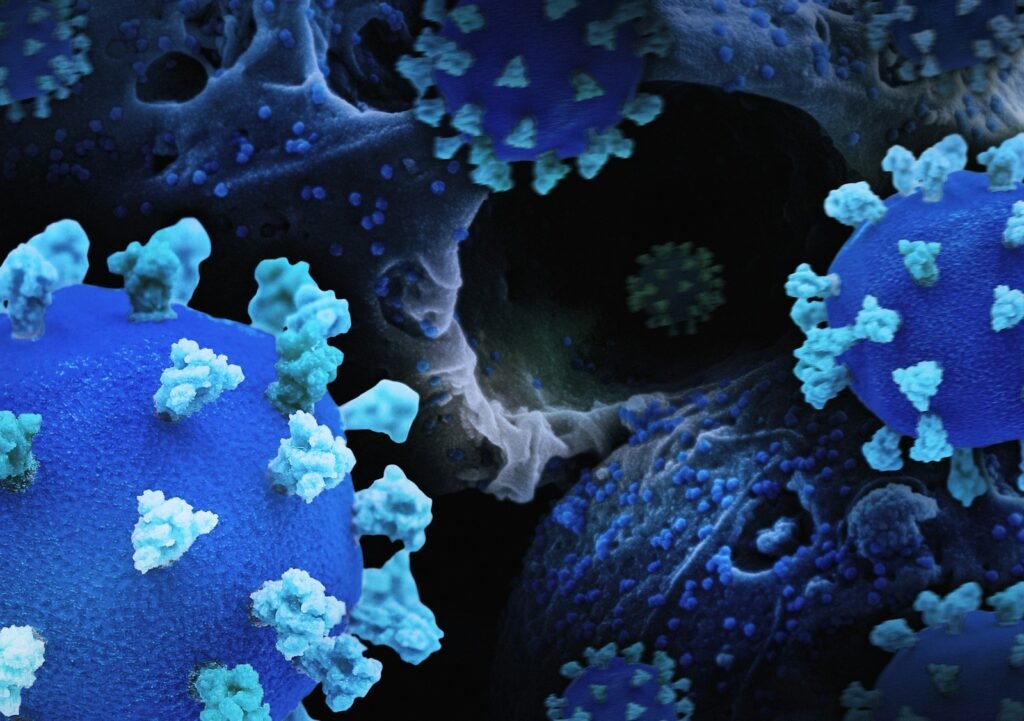
Subterranean microbes play a massive, often hidden, role in Earth’s carbon cycle. They can consume or store carbon, influencing everything from soil health to the planet’s climate. Some bacteria break down organic material buried long ago, while others lock away carbon in minerals. Their activities help regulate the gases in our atmosphere, acting as a biological engine that quietly shapes the world above. Without these unseen workers, Earth’s climate might look very different.
Links to Earth’s Origins: Ancient Life Preserved Below
The deep biosphere offers a unique window into Earth’s past. Some of the microbes found in ancient rocks are thought to be direct descendants of the earliest forms of life. Studying these organisms helps scientists piece together how life began and evolved on our planet. It’s like reading a history book written in DNA and stone, with each discovery adding a new chapter to our understanding of life’s origins.
Implications for Life Beyond Earth
The existence of thriving life deep underground has profound implications for the search for extraterrestrial life. If organisms can survive in darkness, high pressure, and extreme heat or cold here, could similar life exist below the surfaces of Mars, Europa, or Enceladus? Space agencies are now designing missions to look for signs of deep biospheres on other worlds, inspired by what we’ve found beneath our own feet. The subterranean biosphere has expanded our imagination of where life might be hiding in the universe.
Mining and the Deep Biosphere: Unexpected Consequences
Mining operations often dig deep into Earth, sometimes disturbing ancient microbial communities. In South Africa, miners have discovered strange bacteria living in isolated pockets of water, untouched by the surface for millions of years. These discoveries can teach us about resilience and adaptation, but they also raise questions about the impact of human activities on subterranean ecosystems. As we drill deeper, we must consider what undiscovered worlds we might be disturbing.
Fossil Energy and Microbial Life: The Oil and Gas Connection
Microbes play a surprising role in the formation and breakdown of fossil fuels. Deep below oil fields and gas reservoirs, bacteria help convert organic matter into hydrocarbons over geological timescales. Some even consume oil, influencing the composition of these fuels. Understanding these processes could help us find cleaner ways to produce and use energy, or even inspire new methods for cleaning up oil spills.
Deep Biosphere and Earthquakes: A Hidden Relationship
Earthquakes can suddenly shift rocks and open new fractures, allowing water and microbes to move into previously inaccessible areas. In some cases, this triggers bursts of microbial activity, altering the local chemistry. Scientists now study how seismic events might interact with the deep biosphere, revealing a complex relationship between geology and biology that’s only beginning to be understood. It’s a reminder of how connected our planet’s systems truly are.
Subsurface Fungi: More Than Just Microbes
While bacteria and archaea dominate the deep, fungi also play a role in subterranean ecosystems. Some fungal species have been discovered kilometers below ground, breaking down tough organic material and forming symbiotic relationships with other microbes. These fungi can form intricate networks, almost like underground forests, contributing to nutrient cycling and ecosystem stability. Their presence adds another layer of complexity to the hidden world beneath us.
Biotechnology and the Deep Biosphere: Unlocking New Tools
The unique enzymes and metabolic pathways of deep biosphere microbes are a goldmine for biotechnology. Scientists are harnessing these adaptations to develop new medicines, industrial processes, and environmental cleanup techniques. For example, enzymes that break down tough materials at high temperatures or pressures could revolutionize manufacturing. The deep biosphere is not just a curiosity—it’s a source of innovation with the potential to benefit humanity in surprising ways.
Challenges in Studying the Deep Biosphere
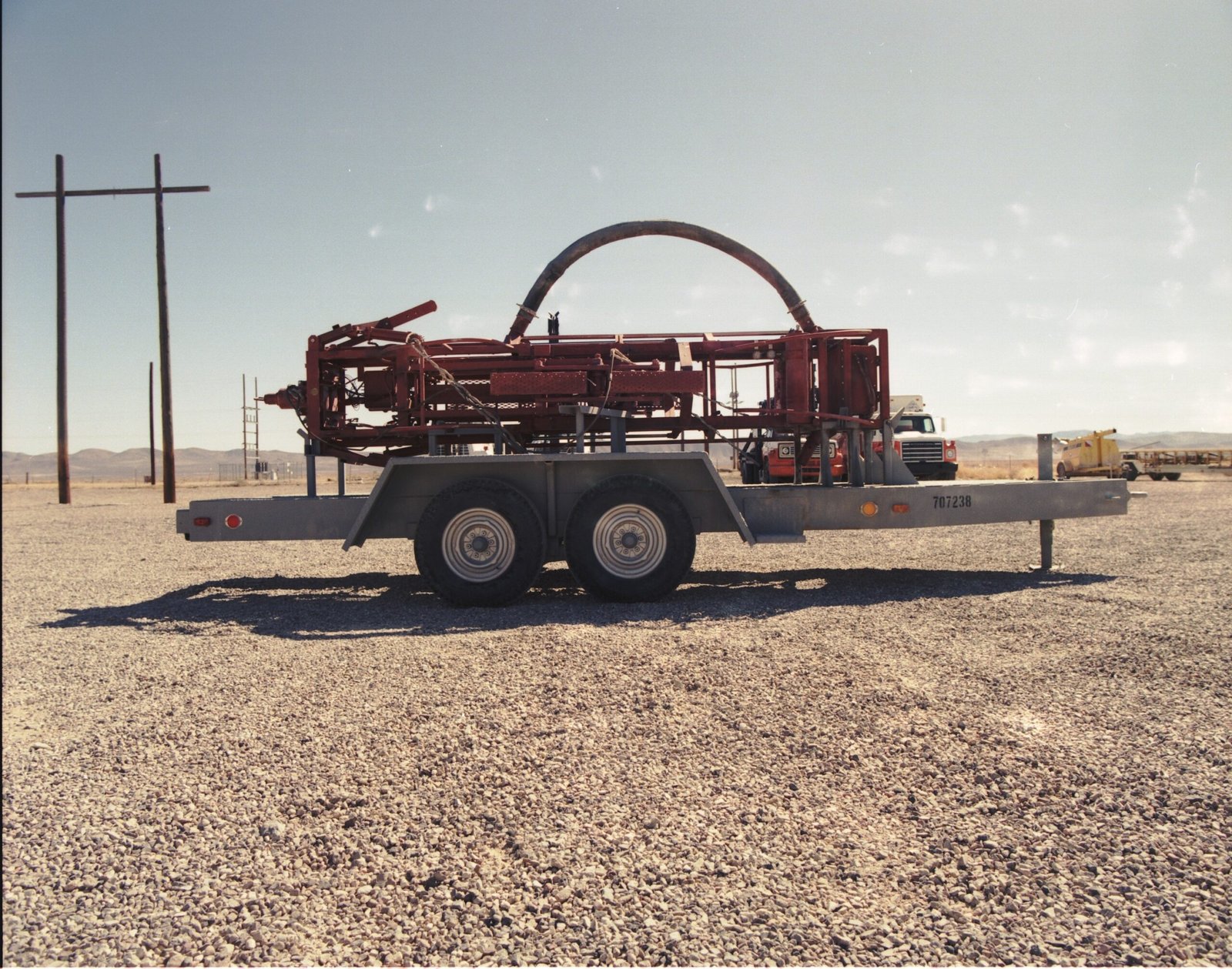
Exploring the subterranean biosphere is no easy feat. Sampling equipment must withstand extreme conditions, and contamination from the surface is a constant concern. Despite these hurdles, researchers are developing ingenious methods to drill deep, collect samples, and analyze DNA without disturbing fragile communities. Every successful expedition feels like a moon landing, with new surprises waiting at every turn. The quest to understand life underground is a testament to human curiosity and determination.
The Future of Deep Biosphere Research
As technology advances, our ability to explore and understand the deep biosphere will only grow. Scientists are now using robotics, remote sensors, and advanced genomic tools to map underground ecosystems in unprecedented detail. There is hope that future discoveries will answer some of biology’s biggest questions, such as the limits of life and the potential for new forms of existence. The subterranean biosphere remains one of Earth’s final frontiers, promising new knowledge with every layer we peel back.
Reimagining Our Place in the World
The discovery of life thriving miles beneath our feet forces us to rethink what it means to be alive on Earth. We are not alone on the surface; beneath us is a vibrant, resilient world, persisting in silence and darkness. These hidden organisms challenge our assumptions, inspire our imagination, and remind us of the interconnectedness of all life. As we continue to dig deeper, both literally and metaphorically, the secrets of the subterranean biosphere will shape our understanding of life itself. What else might be waiting, just out of sight, in the uncharted depths below?


